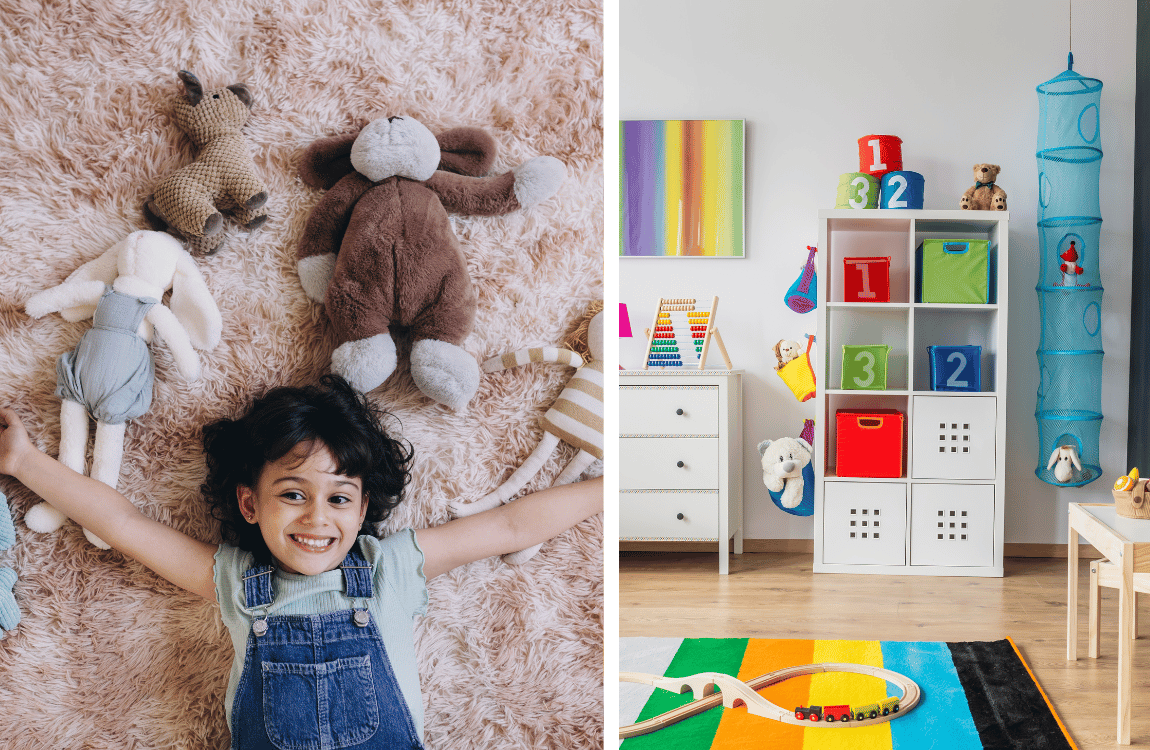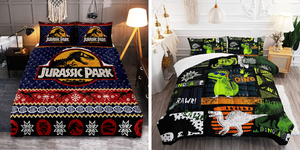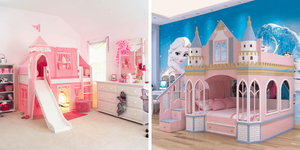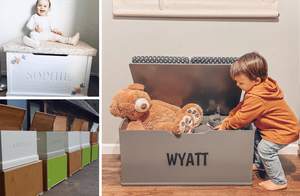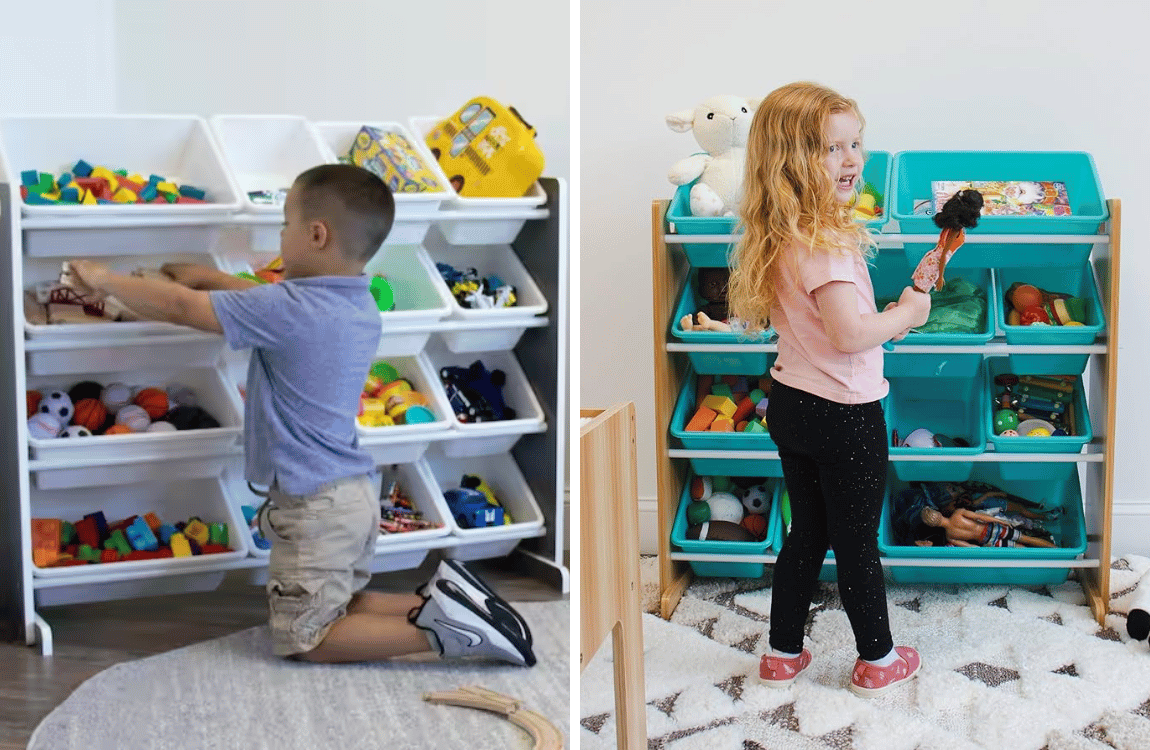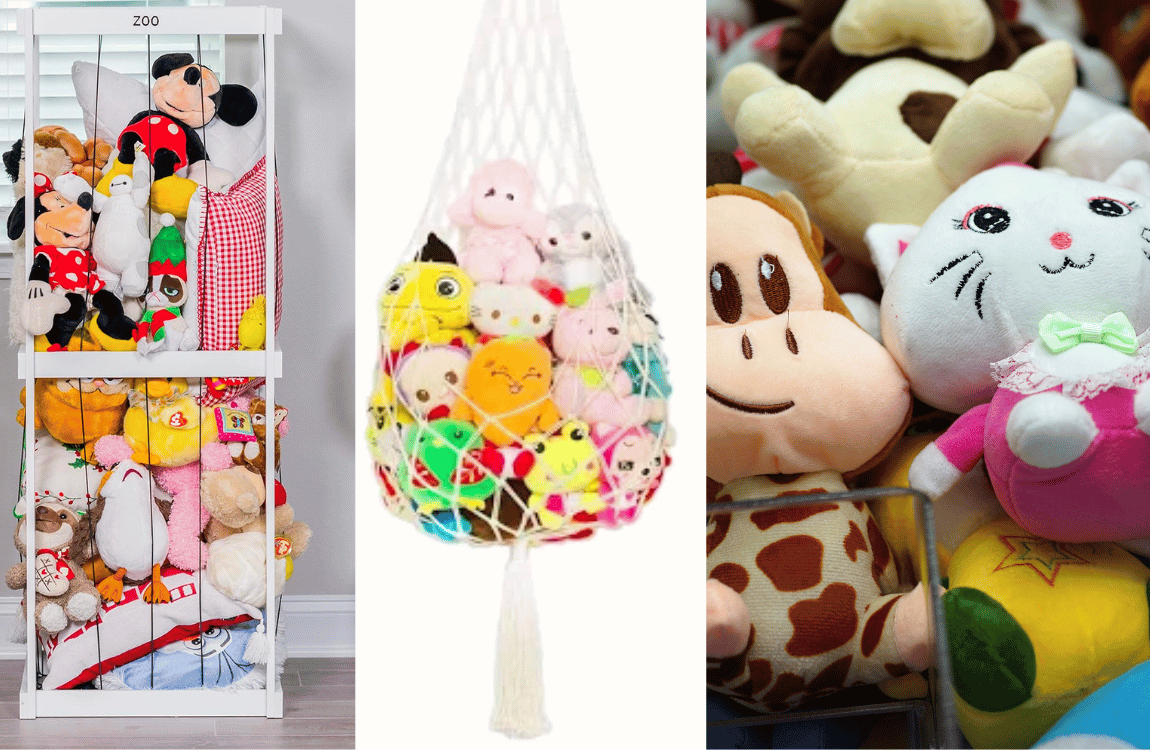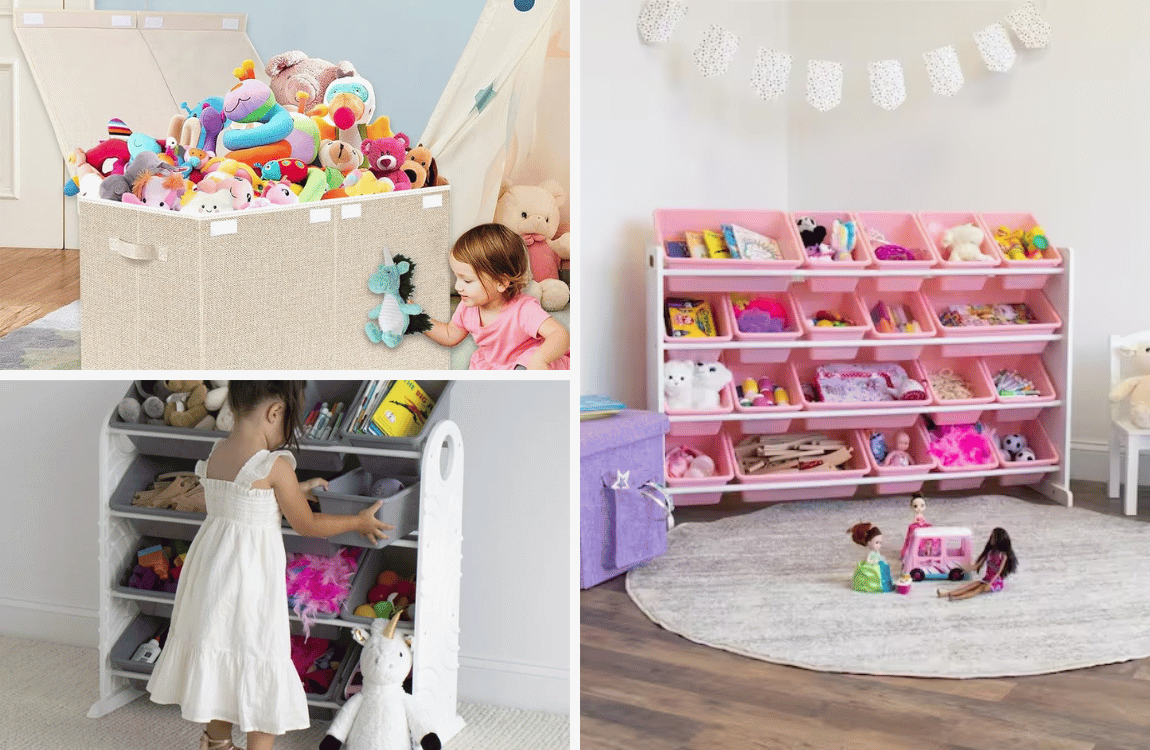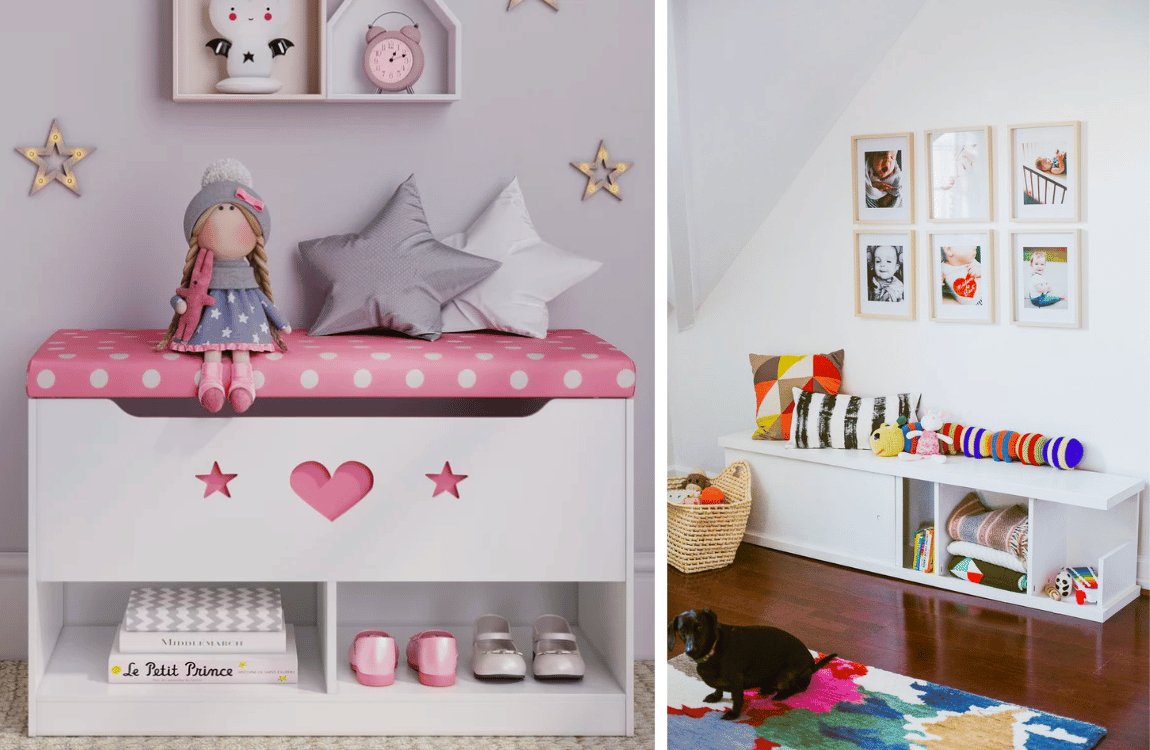Key Takeaways:
- Discover the transformative power of a toy rotation system in managing how many toys your child engages with.
- Learn the benefits of rotating toys for your child's development and your home's organization.
- Gain practical insights on how to implement a simple toy rotation strategy effectively.
The Philosophy Behind Toy Rotation
Have you ever felt overwhelmed by the sheer number of toys cluttering your home? You're not alone. Many parents find themselves asking if their children really need so many toys. The answer might surprise you. Fewer toys can actually lead to more quality playtime. This is where the concept of toy rotation comes into play.
Toy rotation is a systematic approach to managing kids' toys by rotating them in and out of play. This method not only keeps the toy box fresh but also encourages deeper engagement and creativity in children. By presenting a few toys at a time, you can make each toy feel like new toys to your child, reigniting their interest and excitement.
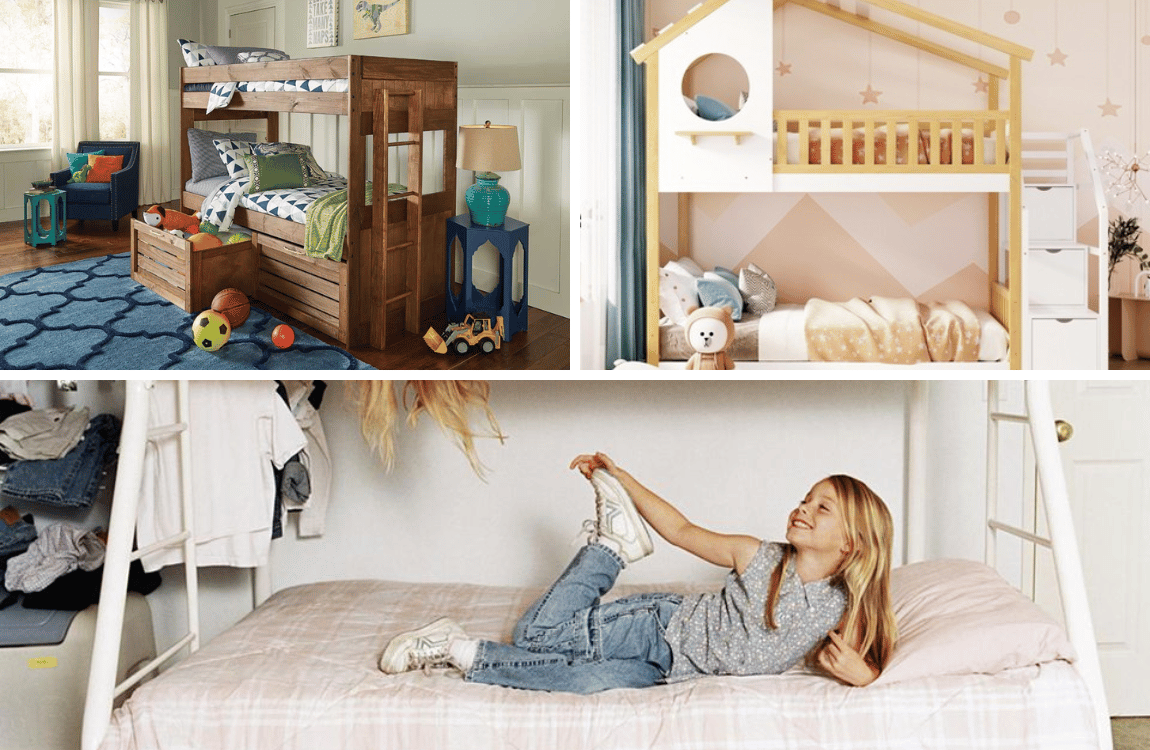
Bunk bed with storage
The Benefits of Fewer Toys: More Than Meets the Eye
When children are faced with too many toys, they can become overstimulated and less inclined to play with any one toy for an extended period. This paradox of choice can lead to a lack of focus and diminished play quality. By having fewer toys available, kids are more likely to delve into imaginative play, develop their attention spans, and care for their belongings.
Moreover, rotating toys can help prevent the all-too-common scenario of kids playing with the same toys day in and day out, ignoring other toys that might offer different developmental benefits. A toy rotation system ensures that all toys get their turn, providing a well-rounded play experience.
How to Start a Toy Rotation System
Embarking on the journey of toy rotating begins with sorting through your child's current toy collection. This is an excellent opportunity to remove broken toys and donate or sell toys that your child has outgrown. Once you've pared down to the essentials, categorize the remaining toys based on type or educational value.

Unwanted toys
The next step is to choose a few toys to be in the current rotation, storing the other toys out of sight. This selection can be based on your child's current interests or developmental needs. The key is to keep the available selection manageable and varied.
Creating a Rotating Schedule That Works
A simple toy rotation doesn't require a strict schedule. Some parents opt to rotate toys weekly, while others may do it monthly or even seasonally. The frequency can depend on your child's engagement levels and the number of toys you have. The goal is to keep the rotation frequent enough to maintain interest but not so often that it becomes a chore.
When it's time to rotate, involve your child in the process. This can help them understand that they're not losing their toys but rather getting a chance to play with other toys that they haven't seen in a while. It's a great lesson in anticipation and delayed gratification.

Organizing Your Toy Storage
Effective toy storage is crucial for a successful toy rotation system. Clear bins with labels can help you keep track of which toys are in rotation and which are waiting their turn. This also makes the rotation process smoother and helps maintain a tidy play area.
Consider dedicating a specific area in your home for toy storage. This could be a closet, a section of your child's room, or a designated space in a family area. The key is to have a system that is easy to access and manage.

The Role of One Toy at a Time
Encouraging your child to play with one toy at a time can further enhance the benefits of a toy rotation system. This practice fosters mindfulness and appreciation for the toy they're playing with, reducing the urge to flit from one toy to another without fully engaging.
This approach also teaches children about setting and respecting boundaries. It's a valuable life lesson that can translate into other areas, such as time management and personal space.
Engaging Kids in Selecting Toys for Rotation
When it comes to kids play, involving them in the process of selecting which kids toys to include in the rotation can be incredibly empowering. By giving children a say in their playthings, you not only encourage them to value their belongings but also help them to develop decision-making skills.
Start by setting aside time to sit down with your child and discuss which toys they feel they would benefit from having in the upcoming rotation. This can be a monthly or quarterly activity that both you and your child look forward to.

Involvement in the selection process can also increase the likelihood that all the toys will be used and appreciated. Children often rediscover old favorites or find new ways to interact with their toys when they are part of the decision-making. Encourage your child to think about what they have not played with recently and what might be interesting to explore again. This method not only keeps the rotation fresh but also ensures that the toys hold their interest over longer periods, making playtime more enriching and engaging.
Integrating Educational Toys into the Rotation
Introducing educational toys into your child's rotation can significantly enhance the learning experience during kids play. Educational toys are designed to stimulate learning and development, and by rotating these toys, you can ensure that your child is exposed to a variety of skills and concepts. Start by identifying toys that align with your child's current interests and developmental stage. For example, toddlers may benefit from shape sorters and puzzles, while older children might enjoy science kits or building blocks that challenge their problem-solving abilities.
Moreover, by thoughtfully incorporating educational toys into the rotation, you can observe how your child interacts with them and tailor future selections to their evolving needs. This approach ensures that all the toys in the rotation contribute to your child's growth and keeps them engaged through the joy of learning. Remember to rotate these educational toys regularly to maintain a sense of novelty and excitement around learning. By doing so, you're not just rotating toys; you're rotating opportunities for development and discovery.

Balancing New Toys and Toy Rotation
Birthdays, holidays, and other special occasions often mean new toys enter the home. It's important to balance these new additions with your existing toy rotation system. When a new toy arrives, consider if it will replace an existing toy in the rotation or if it will be added to the storage for a future rotation.
This practice helps prevent the accumulation of too many toys and ensures that each new toy is valued and has a purpose within your child's playtime.
The Impact of Toy Rotation on Sibling Sharing
For families with more than one child, toy rotation can be an excellent tool for teaching sharing and cooperation. By rotating toys, siblings get the chance to play with different toys without the pressure of ownership. This can reduce conflicts and help build a stronger bond as they learn to enjoy toys together.
Additionally, rotating toys can be tailored to the age and interests of each child, ensuring that everyone has something that appeals to them during each rotation period.

Toy Rotation and Developmental Milestones
Different toys offer different opportunities for learning and growth. By rotating toys, you can ensure that your child is exposed to a variety of developmental challenges. For instance, puzzles and building blocks can enhance problem-solving skills, while dress-up clothes and dolls can encourage imaginative play and empathy.
As your child grows, the toy rotation can adapt to their changing needs, introducing more complex toys that match their developmental milestones.

The Psychological Benefits of Fewer Toys
A toy rotation system can have a positive impact on your child's psychological well-being. With fewer toys, children learn to value what they have and become more resourceful in their play. This can lead to increased self-esteem as they discover new ways to use the same toys.
Moreover, a decluttered play space can reduce anxiety and help children feel more relaxed. It's a subtle change that can make a significant difference in their daily lives.

Rotating Toys Summary
Toy rotation is a powerful tool that can transform your child's playtime and your home environment. By implementing a toy rotation system, you're not just managing how many toys your child has access to; you're enhancing their play quality, fostering developmental growth, and teaching valuable life lessons.
Remember, fewer toys can lead to more meaningful play, and a simple toy rotation can make all the difference.

Toy organization

Big toy storage

Upcycling toys
FAQ Section
How often should I rotate my child's toys?
The frequency of toy rotation can vary based on your child's interest and the number of toys you have. Some families rotate weekly, while others find a monthly or seasonal rotation works best. The key is to maintain your child's interest without making the process burdensome.
Can toy rotation work with kids of different ages?
Absolutely! Toy rotation can be customized to suit children of various ages. You can include toys that cater to different developmental stages and encourage siblings to share and explore together. It's a flexible system that can adapt to your family's needs.
What should I do with the toys that are not in rotation?
Toys that are not currently in rotation should be stored out of sight to keep the play area uncluttered. Use clear bins with labels to organize the toys, making it easy to swap them when it's time for the next rotation. This also helps prevent loss or damage to the toys while they're not being used.

How to store stuffed animals

